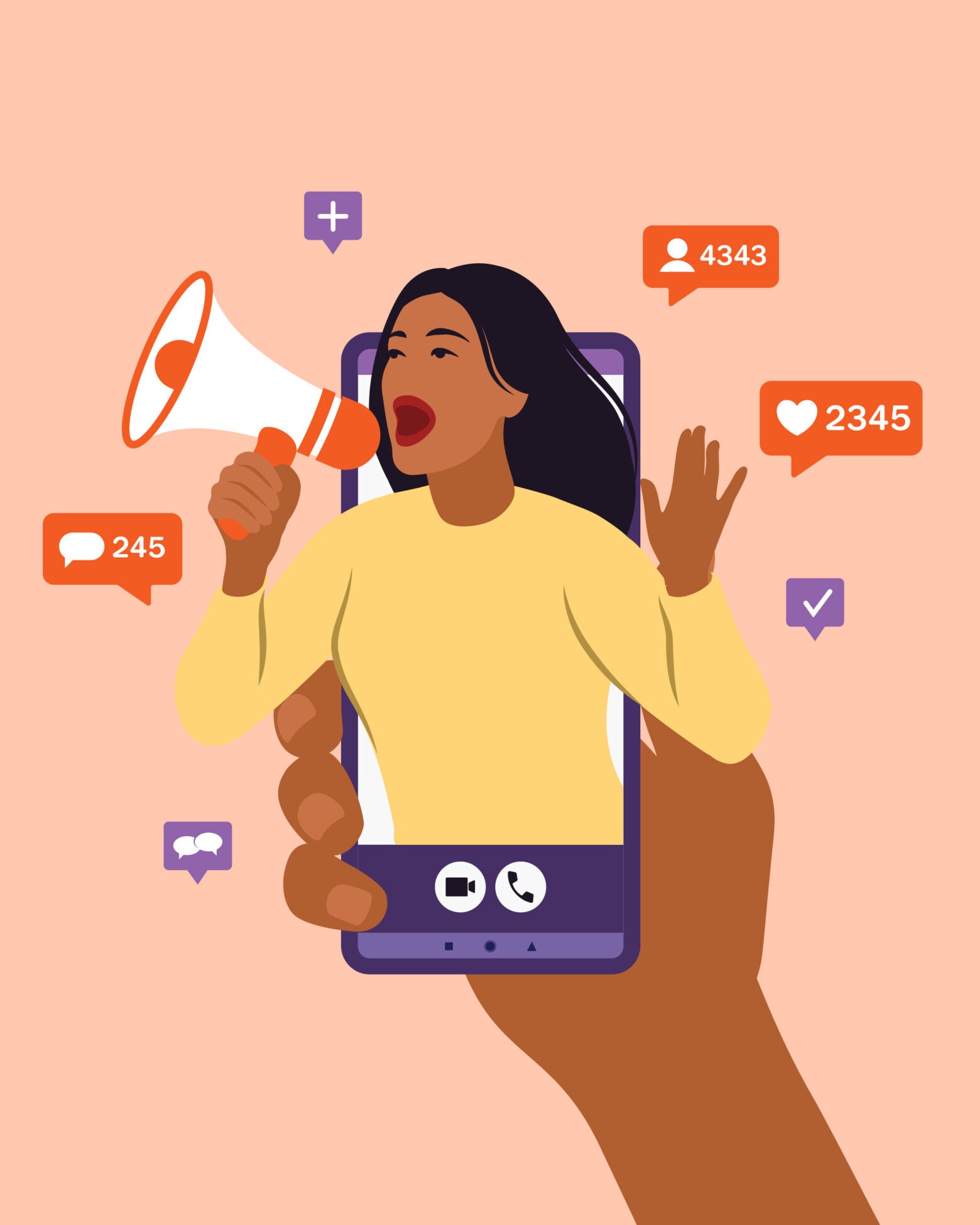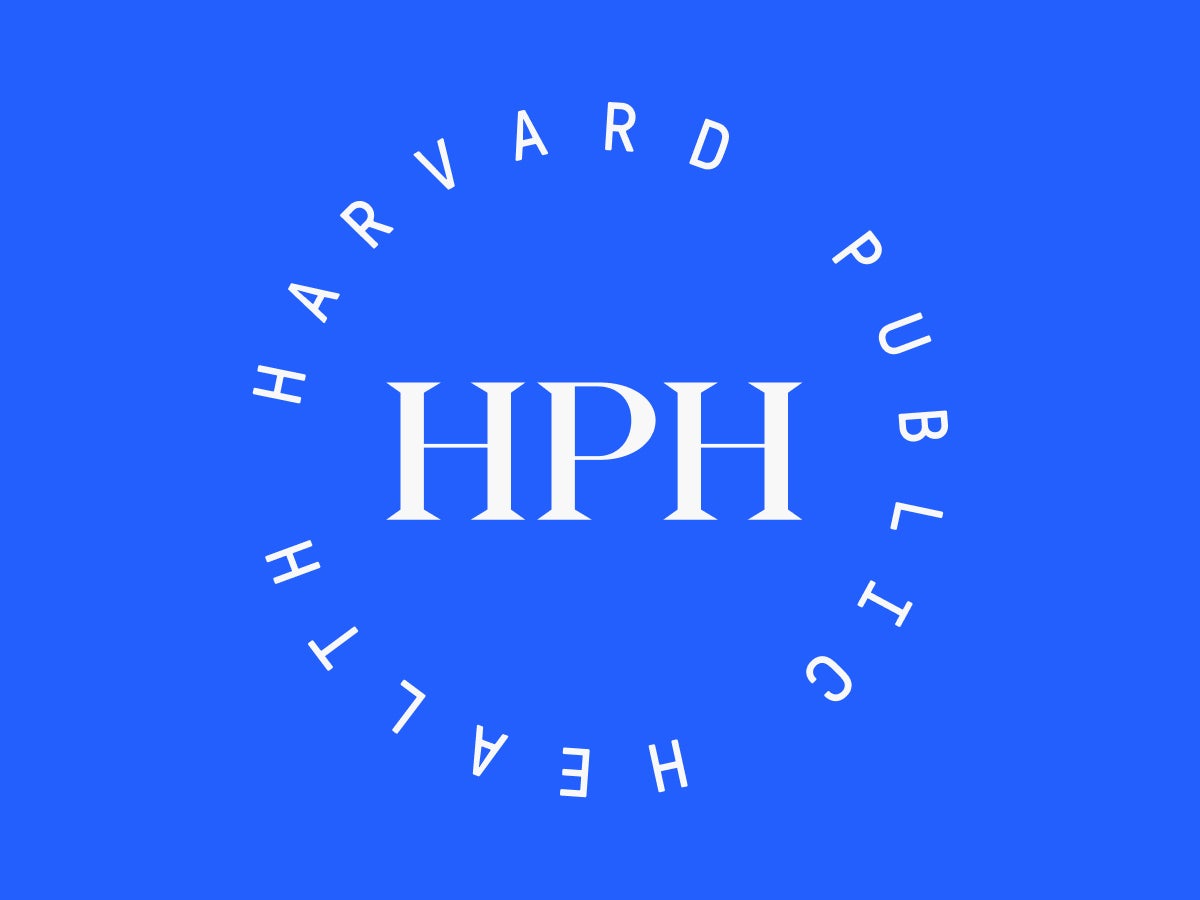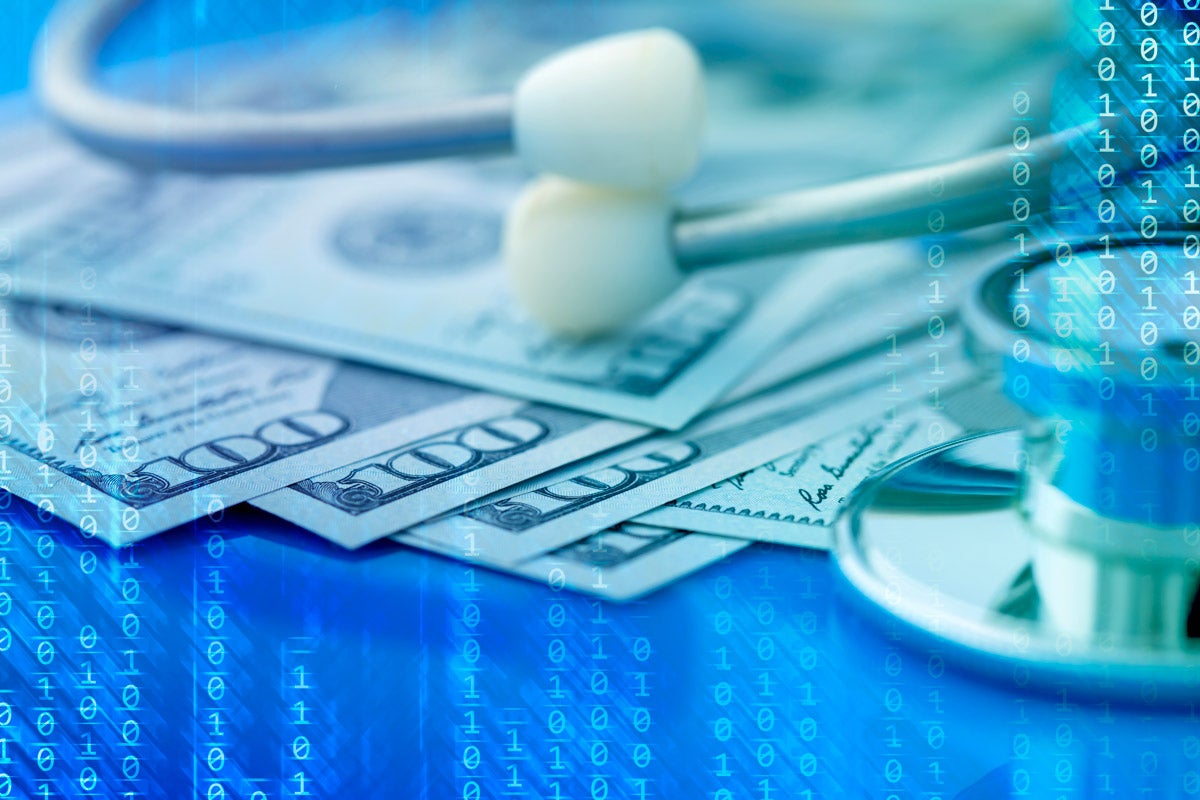
Opinion
Social media is the new public health frontline. Let’s treat it that way.
The results of the 2024 presidential election have ushered in a new era of uncertainty for public health. With Donald J. Trump soon back in the White House and his choice of Robert F. Kennedy Jr.—notorious for backing some public health conspiracy theories—as a key figure in the health sector, the stakes are immense.
Kennedy’s history of spreading disinformation about vaccines threatens to undermine decades of scientific progress and public trust. As the nation starts to grapple with the implications of this seismic shift, the role of accurate, evidence-based communication that actually reaches people has become more urgent than ever.
In this new landscape, social media creators have emerged as the frontline of public health communication. Often trusted more than traditional institutions, these creators wield significant influence over how health information is disseminated and understood by not only the masses but also the hardest-to-reach populations. Yet many creators have told me they lack the tools and training to verify and translate health information and instead rely on quick internet searches, which can inadvertently spread inaccurate content. This lack of accessible science creates a void that both unintentional misinformation and deliberate disinformation readily fill. Equipping creators to combat mis- and disinformation is no longer optional. It’s essential.
Sign up for Harvard Public Health
Delivered to your inbox weekly.
Health misinformation disproportionately affects youth, people of color, and low-income communities, who often rely on social media for accessible health information. A recent study from the Centers for Disease Control and Prevention revealed that misinformation has significantly decreased vaccination rates in some communities, contributing to the resurgence of preventable diseases like measles and whooping cough.
Additionally, social media users are more likely to encounter and believe health misinformation. We know that a majority of people who use social media for health advice reported in a 2023 poll hearing and believing at least one false claim about COVID-19 or vaccines, compared to only four in ten who don’t rely on social media for health advice. These vulnerable groups often lack the resources to verify the information they see online. Even well-intentioned creators—those not spreading deliberate disinformation—struggle to simplify complex, jargon-heavy science for their audiences. How can we empower them to share accurate, impactful health messages?
While tools like commercial AI can summarize content and fact-checking services can identify false claims, these often fall short when it comes to offering creators audience-specific, evidence-based material that’s ready for sharing. Inspired by the need for a more effective solution, people have been developing strategies to simplify complex research. AI tools that summarize and organize academic papers have cropped up in the past year.
An organization I founded, Science to People, is working on a tool called VeriSci that uses AI to transform peer-reviewed health studies into usable content, with a language model specifically fine-tuned to best practices in science communication. This fall, YouTube announced it is working on something similar for creators in its partner programs. With social media companies’ commitment to fact-checking and removing misinformation and disinformation now waning, the need for independent, publicly accessible tools that offer scientific information in digestible language is clearer now more than ever before.
The demand for accessible and trustworthy health information is clear. For example, a recent experiment demonstrated the power of providing accurate messaging on mental health on TikTok, where videos tagged #mentalhealth have drawn more than 44 billion views. The researchers offered influencers digital toolkits that contained evidence-based mental health content in everyday language across several topics. They found that the creators who received the toolkits were significantly more likely to include mental health content supported by research in their videos. They also uncovered significant impacts. In the treatment groups, TikTok videos featuring the provided content attracted more than half a million additional views after the intervention. A follow-up study of the comments on these videos showed that these viewers had improved mental health literacy.
With support, creators could expand this impact across many health topics, reaching millions with accurate, culturally relevant information. Imagine a mental health advocate sharing evidence-based strategies to manage anxiety, or a sexual health educator presenting reliable birth control options tailored to their audience. Providing creators with science-driven information has the potential to improve health literacy and make a measurable difference in underserved communities.
As we enter this new era, it’s time to recognize that the frontline of public health has shifted to social media, where creators are leading the charge in sharing health information. Supporting these creators with innovative, research-backed resources is essential for combating misinformation and protecting public well-being.
These digital communicators have become our new public health allies. Empowering them with the right tools can make a significant difference in reaching diverse and often underserved audiences.
Top image: елена калиничева / Adobe Stock


